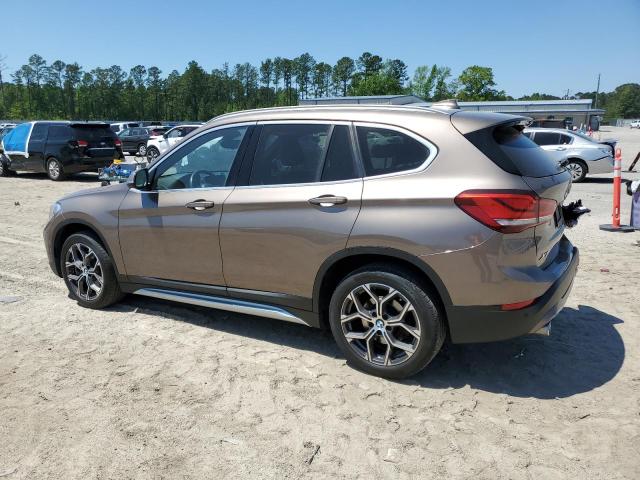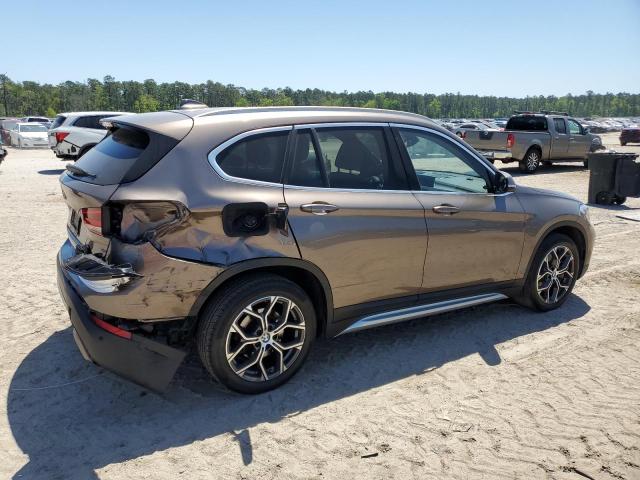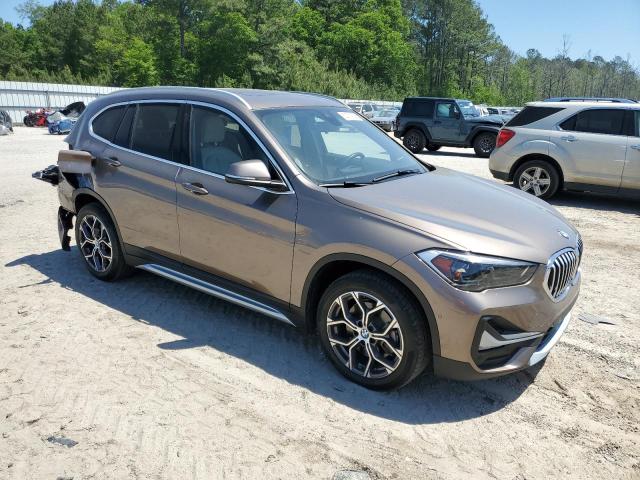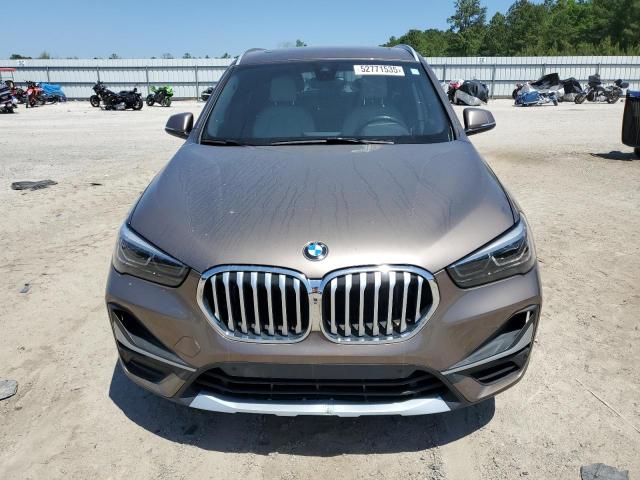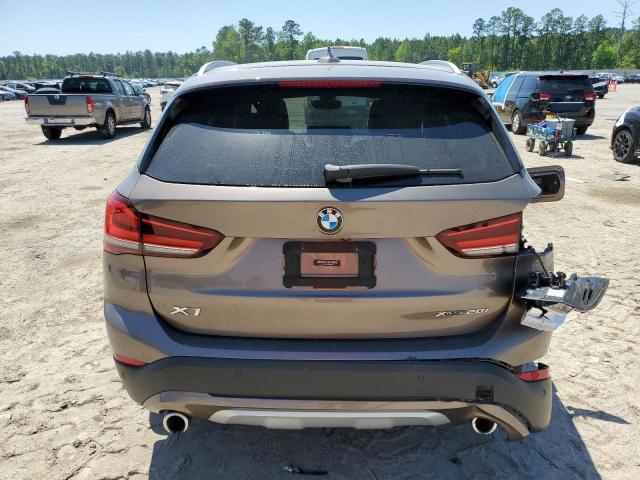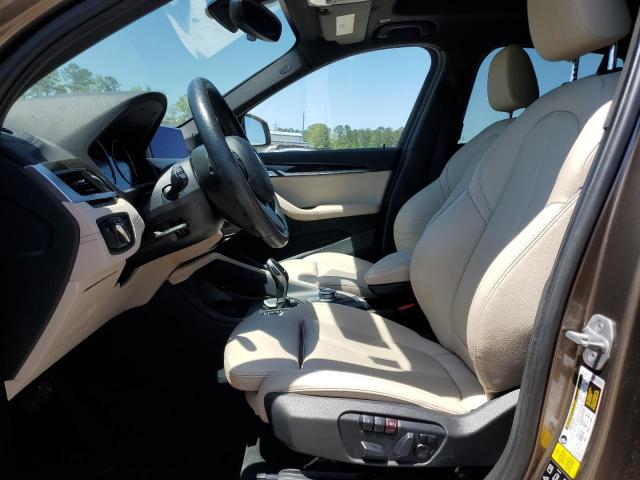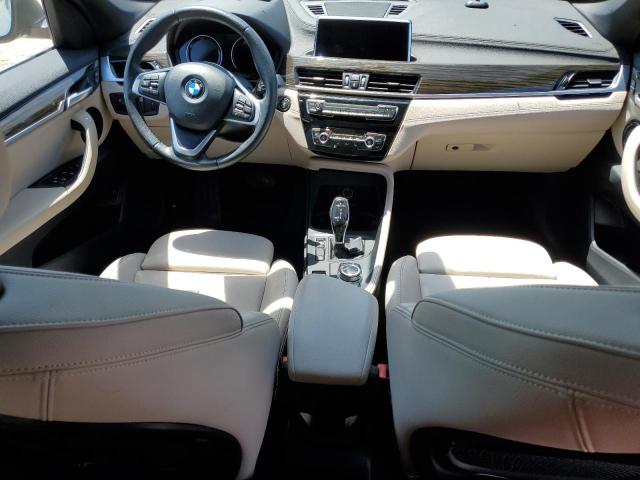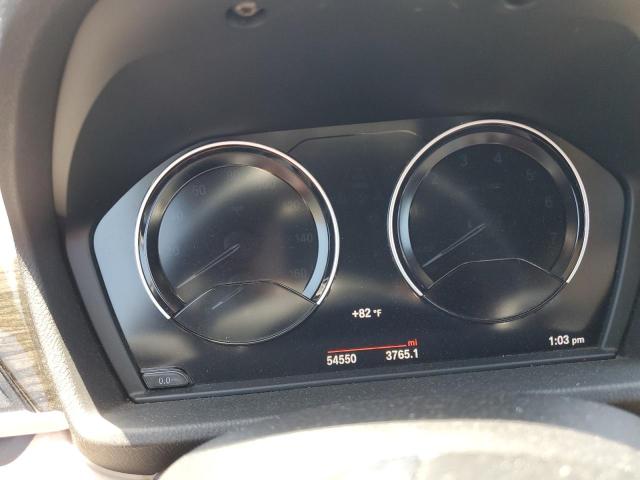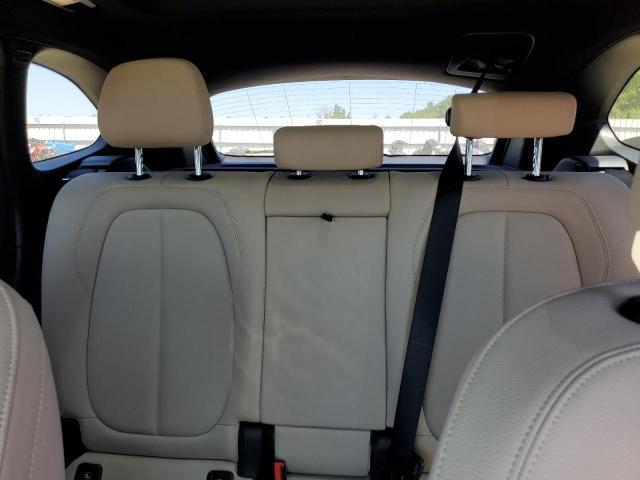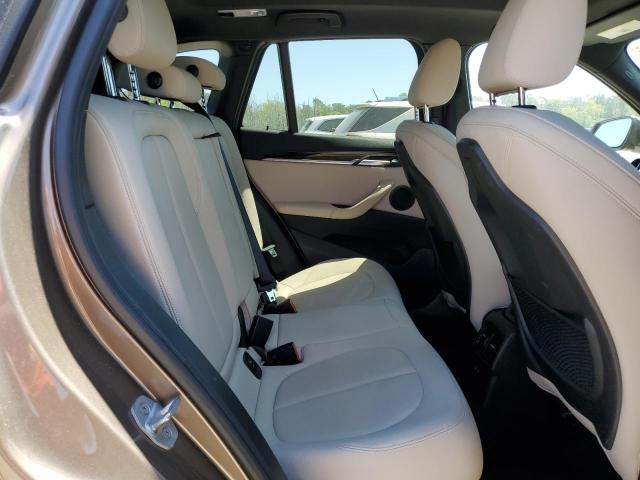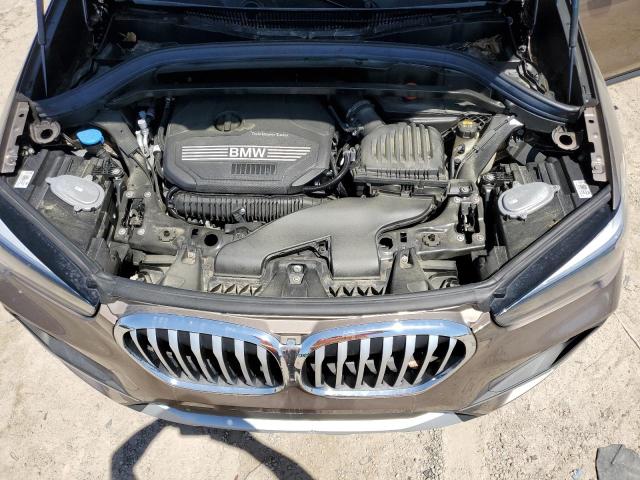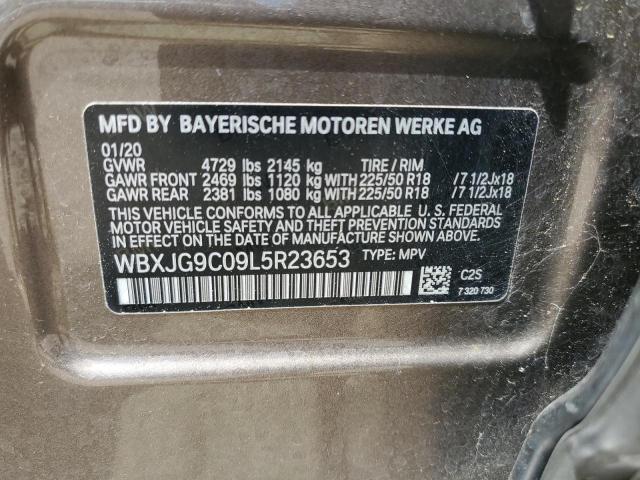2020 BMW X1 | WBXJG9C09L5R23653
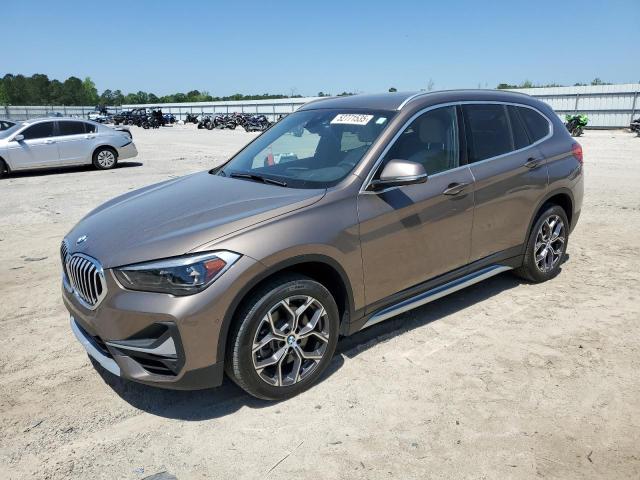 ❯
❯Lot details
- Sale Date09/Jun/2025
- Lot Number52771535
- Sale document
- Location
- Odometer54,550 miles (87,789 km)
- Primary Damage:REAR END
Vehicle specifications
4
~$45,000
Engine: 2.0L turbocharged inline-4
Torque: 350 Nm
0–100 km/h: ~6.3 s
Despite being the entry point into BMW’s SUV lineup, the X1 xDrive28i offered surprisingly spirited performance for its class. With a 2.0-liter TwinPower Turbo four-cylinder engine delivering 228 horsepower and 350 Nm of torque, the X1 accelerated from 0 to 100 km/h in just 6.3 seconds—respectable for a compact crossover. Power delivery was strong and consistent across the rev range, with minimal lag and a solid midrange punch that made highway merging and overtaking feel easy and confident.
Chassis tuning leaned more toward agility than softness. Built on BMW’s front-wheel-drive-based UKL platform, the xDrive models sent power primarily to the front wheels but could redirect torque rearward when needed. While purists noted the absence of traditional rear-wheel-drive balance, the X1 compensated with quick steering, responsive turn-in, and composed cornering—even on twisty roads. The M Sport package enhanced responsiveness with firmer suspension and variable sport steering, giving the crossover a more grounded, eager personality.
The F48 X1 wasn’t a performance SUV, but it brought authentic BMW flavor into a practical and accessible form. It offered enough power, feedback, and cornering ability to separate itself from mainstream rivals, staying true to the brand’s dynamic DNA—even as it embraced utility and modern drivetrain architecture.
Final Bid BMW X1 (2020)
$12,200
$12,200
$12,200
Body Styles
The BMW X1 F48 was available exclusively as a five-door compact SUV (or SAV – Sports Activity Vehicle in BMW nomenclature). The proportions were upright and purposeful, with a short front overhang, rising shoulder line, and a confident stance thanks to wide wheel arches and an aggressive front grille. Compared to its predecessor, the F48 was taller and more spacious, benefiting from its transverse-engine platform. The roofline gently tapered toward the rear spoiler, maintaining a clean, athletic silhouette while maximizing interior headroom. Functional roof rails, pronounced lower cladding, and integrated rear diffuser-like detailing gave the X1 a lightly rugged, crossover-ready identity without sacrificing its urban sophistication.
Model Name Meaning (Manufacturer)
The “X1” name signifies BMW’s smallest model within its X-line SUV family, combining crossover practicality with the brand’s dynamic intentions. “X” stands for all-wheel drive and versatility, while “1” designates its position at the base of the SUV hierarchy. Introduced in 2009, the X1’s second-generation F48 model fully embraced global appeal, offering a mix of driving enjoyment and everyday usability.
Body & Interior Colors and Rims
The X1’s exterior palette spanned from understated Alpine White and Jet Black to more expressive hues like Sunset Orange, Mediterranean Blue, and Storm Bay Metallic. Sophisticated tones such as Mineral Grey, Mineral White, and Sparkling Brown were popular in luxury trims, while M Sport variants introduced Estoril Blue for added flair. Shadowline trims replaced chrome with gloss black for a more assertive aesthetic, especially when paired with black wheels or the aerodynamic kit.
Inside, the X1 offered a well-appointed cabin with upholstery choices including Sensatec and Dakota leather in Black, Oyster, Mocha, and Canberra Beige. M Sport interiors added sport seats with blue stitching, hexagonal aluminum trim, and an anthracite headliner for a more driver-focused feel. The dashboard design was clean and elevated, with soft-touch surfaces, a driver-oriented iDrive layout, and optional ambient lighting. Interior practicality was strong, with sliding rear seats and a dual-level trunk floor enhancing cargo flexibility.
Wheels ranged from 17 to 19 inches. Standard designs included multi-spoke alloys in silver or gunmetal, while upper trims and M Sport models featured Y-spoke or double-spoke designs with orbit grey or bicolor diamond-cut finishes. Staggered setups were not offered, but wide-section tires on larger wheels improved grip and filled the wheel arches convincingly, adding stance without compromising ride comfort.
Top Expensive Options
- M Sport Package with Adaptive Suspension and Body Kit: $3,400
- Head-Up Display with Navigation Integration: $1,000
- Harman Kardon 12-Speaker Audio System: $875
- Panorama Glass Roof with Sunshade: $1,300
- Dakota Leather Upholstery with Perforation: $1,500
- Driving Assistance Plus (ACC, Lane Keep, Blind Spot): $1,800
- 19-Inch Y-Spoke Orbit Grey Alloy Wheels: $1,200
- Apple CarPlay with Wireless Connectivity: $300
- Parking Assistant with Surround View Camera: $950
- Ambient Lighting with Color Customization: $250
vs Competitors
The BMW X1 F48 distinguished itself from rivals like the Audi Q3, Mercedes GLA, and Volvo XC40 by offering more usable rear-seat space, a larger trunk, and sharper dynamics. While the Q3 delivered a smoother interior and the GLA emphasized design, the X1 provided superior steering feel and better cornering capability, particularly in M Sport configuration. Compared to the XC40, the BMW felt lighter on its feet and more focused behind the wheel, even if it didn’t match the Swede’s design flair. Ultimately, the X1 leaned on its BMW heritage to deliver a premium small SUV that rewarded the driver more than most in its class.
Fun Fact
The second-generation X1 (F48) was the first BMW SUV built on a front-wheel-drive-based platform, marking a significant departure from the brand’s RWD roots—yet it became one of the brand’s best-selling models worldwide, especially in China and North America.


